Wild herbs in spring: Curative nature

Active & nature
Wild herbs in spring: Curative nature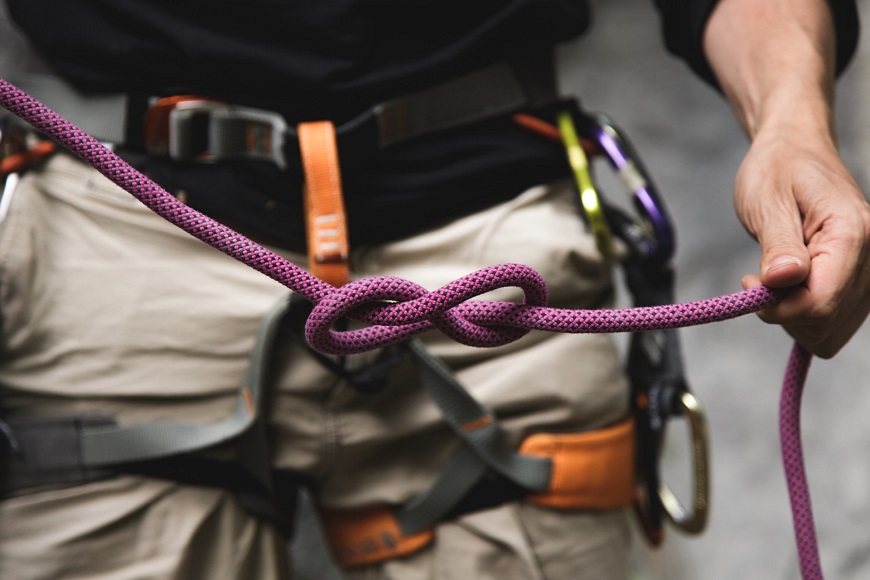
There's no other sport that demands as much from the hands as climbing. The grips are as varied as the rock face: Upwards, downwards or to the side. "You should try to use as much of a variety of grips as possible, so that you aren't always straining the same mus-cles. If you use your hand not only to pull yourself up, but also as a support or for press-ing, then the muscles don't get tired as quickly", explains Gebhard.
A tip from the pro: Always try to climb with an extended, stretched out arm, if you bend your arm too much you'll run out of strength faster.
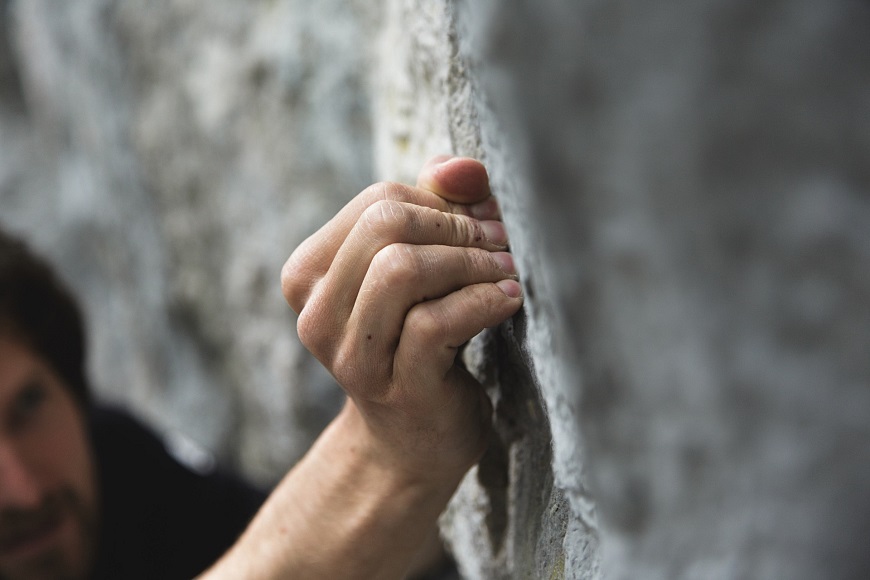
The following applies in all cases: "The feet are much more important on the rock than the hands. You should put as much of your weight as possible on your feet, to relieve the arms and hands", recommends the climber. Most of the weight is supported by the big toe. Gebhard shows us the best climbing technique directly on the rock: "If you support your weight on the big toe then you're flexible, and can twist and turn your foot however you like. The heel is free, and you can move it precisely", shows Gebhard.
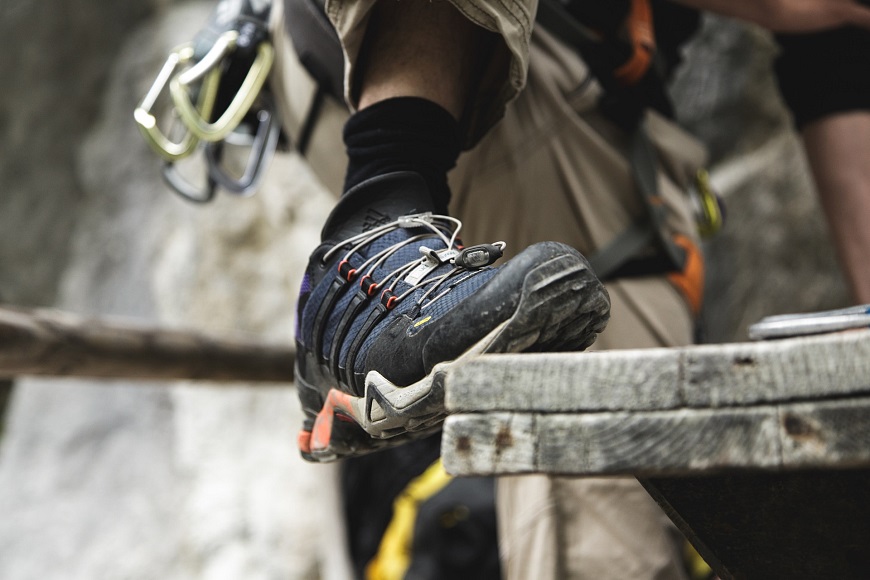
On the rock every move counts. You need to pay attention. "On the wall you need to con-centrate fully", explains the mountain enthusiast as he tells us more about the three climbing phases.
Unlike indoor climbing, on rock there is no standardised distance between fixed belay points. That's why you need the right lead climbing technique: "Where is the first or sec-ond belay point? You should always bear in mind that even if you're clipped in to the first bolt, if you fall you could still fall to the ground", warns Gebhard.
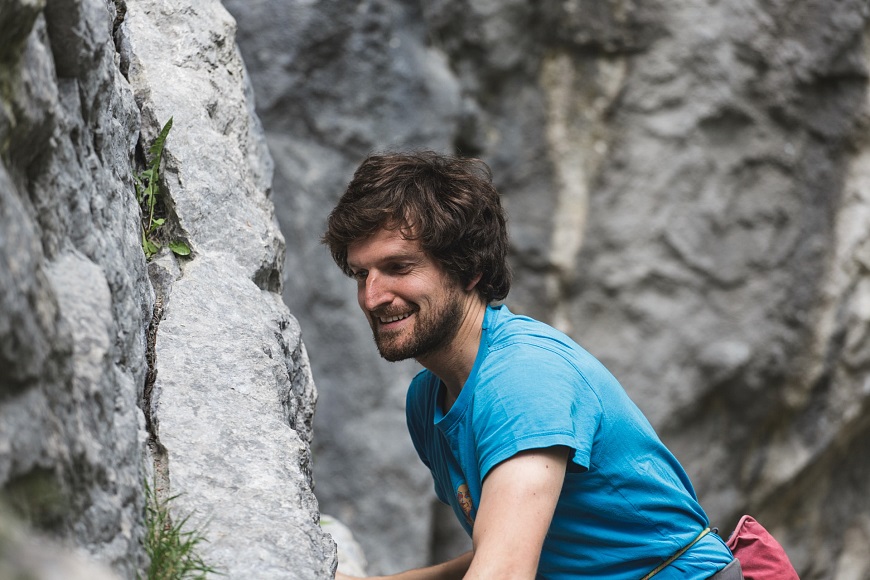
There's a rule of thumb for clipping in: "The rope always runs through the carabiner from the back to the front. If you're climbing a straight route it doesn't matter which direction the gate on the non-locking carabiner is pointing. But with diagonal routes it's different: The carabiner opening of the rope-side carabiner should always be facing away from the climbing direction", the sport climber recommends.
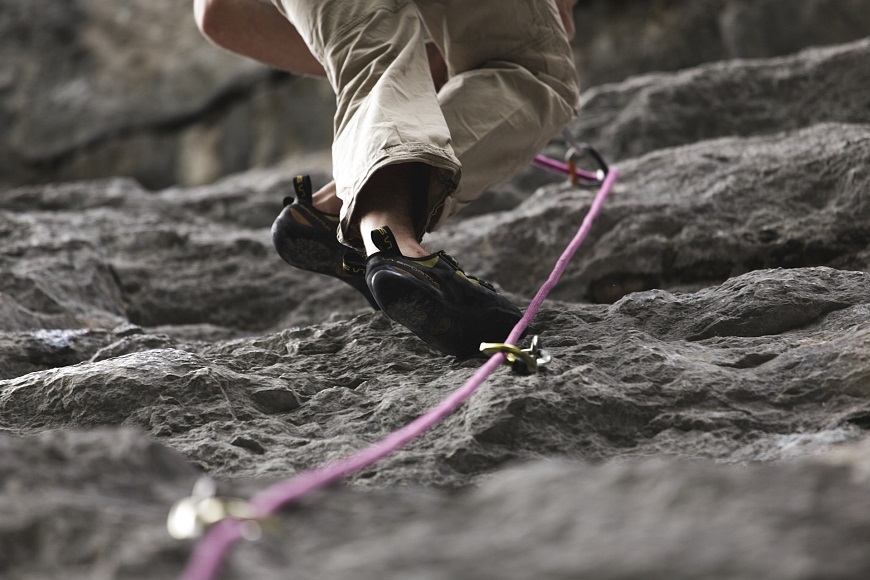
If you end up on a route with a fixed top belay point then you can clip into this and simply let your partner lower you down. But when you're outside this isn't always the case. Often there is only a welded-in abseil ring at the top of a tour. Time for a modification: "The climber secures themselves with two quickdraws or a sling, secures the rope, unropes themselves, threads the rope through the diversion and ties themselves in again. When the rope securing is released the belayer can lower them down", "describes Gebhard Bendler.
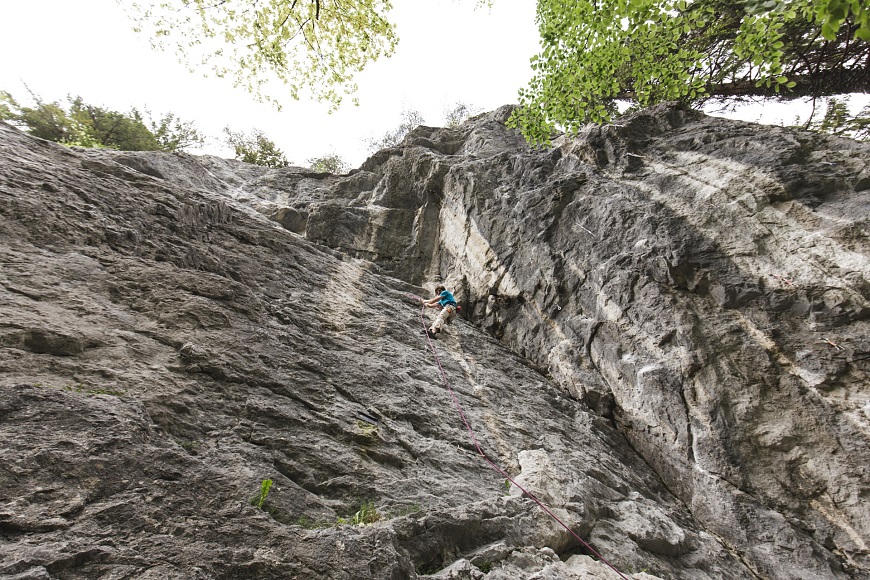
The belayer can soften the fall a little: "A slight jump by the belayer makes a fall a little softer for the climber", explains Gebhard, demonstrating it for us on the rock and continu-ing: "You can also – depending on your belay device – carefully let the rope run a couple of centimetres through the belay device. But you need a lot of practice to do that well." The rope is actually quite flexible, similar to a bungee rope, so that the person falling doesn't have too hard a landing.
0 Comment (s)
More comments